Another powerful brand bites the dust. In this case, Lance Armstrong, a hero, a record seven time Tour de France winner, a come-back king from his battles with cancer. What was his fatal branding mistake? The large space between the brand image and the reality underneath. “Whatever your 100% looks like, give it”. Even if you have to fake it? Lance Armstrong in a recent interview with Oprah admitted to doping to keep up with his performance brand. Here’s why there is great relevance for each of us as we look at this space between making and keeping our brand promises.
The Branding Paradox
All brands (product and personal) need to manage the paradox between promising something very exciting to their stakeholders and being able to actually deliver on it. The best and most powerful brands manage this well – creating strong trust and credibility – the foundation of any brand value. Apple is the world’s most powerful brand according to Forbes. Apple promises “Think Differently” and actually delivers on its innovation promises.
The Story of Two Brands
In personal branding we have what I call a “Social Brand”. This brand is how we like to be seen by others. It conforms to what we believe are society’s expectations, what we believe will be rewarded, and will help us to feel like we belong. It teaches us our manners and social conditioning from when we were in kindergarten. It teaches us how to play well in the sandbox. It serves a very useful purpose in ensuring we don’t turn out to be ax murderers by the time we get to third grade.
We also have what I call an “Authentic Brand”. This is who we really are. Much of this is part of our essence (our DNA), our preferences, that don’t really change much over time. This is what shows up in identical twin behaviors who are raised in very different social environments. Our social brand can adapt to circumstances to help us fit in. Our authentic brand helps us stand out.
The Space Between Our Two Brands
Any time our Authentic Brand and our Social Brand get too far away from one another, we tend to get into trouble. In the case of Lance Armstrong, his “Social Brand” promise for his fans and followers was “Lance The Hero” – – a gigantic promise of performance against all odds, resilience, giving back to humanity. What “Lance The Human” had to do to fulfill that promise, to close the gap between his actual capacity and his desired social brand was to dope, and to lie about doping. Lance’s “Social Brand” was so far removed from what he was actually able to deliver authentically, that it created tension that had to break at some point.
On his confession on Oprah, here’s what he said: “I think, and I don’t know if you pulled those two words out of the air, jerk and humanitarian, I’d say I was both, and we saw both, and now we’re seeing certainly more of the jerk part than the activist, the humanitarian, philanthropist, the leader of the foundation. We’re seeing that now. I am flawed, deeply flawed.” This is, in my opinion, as authentic as we have seen Lance Armstrong. Part of our authenticity is coming clean about our inauthenticity. Yes, our authentic brands are as much about our strengths as they are about our weaknesses. And let’s face it, society doesn’t always reward “coming clean”.
Back to our favorite cubicle. We all have Social and Authentic Brands. They serve a useful purpose. The real question we each need to ask ourselves is:
- How far is the distance between our Social and Authentic brands?
- What energy are we expending to maintain this distance?
- At what cost to us?
A Challenge to Ourselves
As leaders of organizations we need to ask ourselves:
- What does the cultural norm in the organization dictate as a “Social Brand” for people to feel like they fit in?
- At what cost to the people in the organization?
- At what cost to the organization?
The more we can release people from the burden of being someone who they are not, the more energy we release in our people to pursue their work with creativity and engagement.
Jacob Rudolph is a high school senior who decided to “come out of the closet” as an LGBT during a High School Awards ceremony where he was being recognized for “Class Actor”. He said “Sure I’ve been in a few plays and musicals, but more importantly, I’ve been acting every single day of my life…You see, I’ve been acting as someone I’m not”. He got a standing ovation from his classmates. Afterwards he said “It felt like this immense weight was gone…I’d been carrying it around with me for years. It affected me academically, emotionally, socially.”
One final challenge for each of us to think about:
- How do we create cultures that celebrate our uniqueness?
- How can we accept our weaknesses as part of our authenticity?
- How can we create a space that accepts and celebrates our humanity rather than our heroism?
As Apple suggests, we really do need to “Think Differently”. Steve Jobs was not just a master of branding. He understood that personal branding is really about pursuing our uniqueness and our authenticity, the place our greatest contributions come from, the place where all innovation comes from.
If this resonated for you, please comment, subscribe, and share with others.
Additional Resources:
“The Authentic Brand YOU” – Workshop for your organization
“Make It Personal – Engagement That Works” – Workshop for your organization


